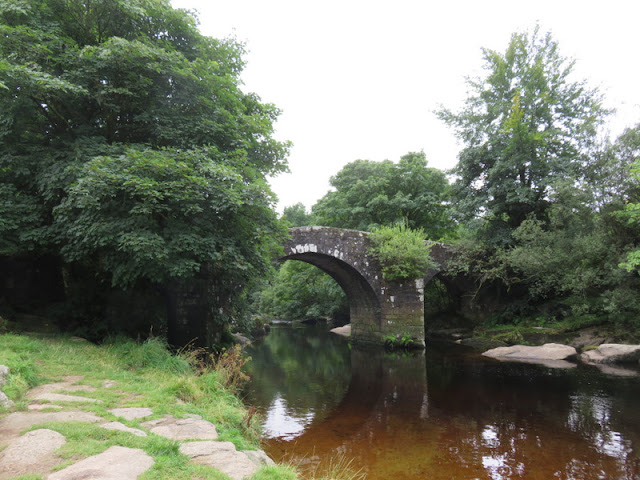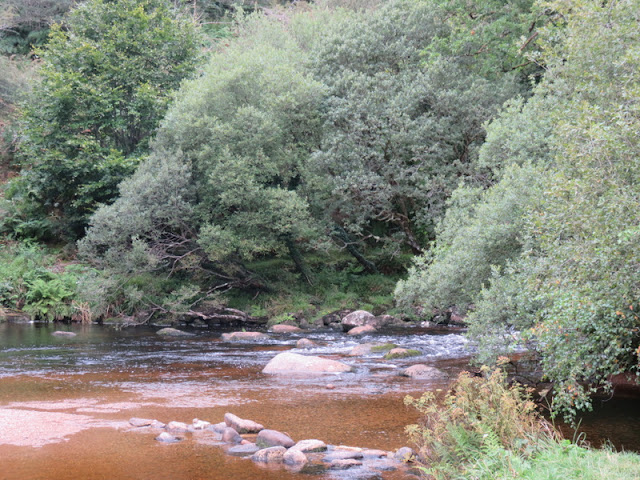Big exhibitions are back. It's been a while, but since restrictions lifted over the summer there have been a few exhibitions. It was a bit of a surprise to be invited to a big show - The Great Electric Train show in Milton Keynes (2nd and 3rd October) - and with not one, but two layouts. I will be taking Loctern Quay, and my Son Joshua will bring his Slugworth & Co. layout too.
The thought of exhibiting again brought realisation that some jobs needed doing. We've dusted and tested both layouts and their stock, although no need to clean track the graphite on the rails was touched up. A while ago Joshua bought a new loco at the 009 Society sales stand - this rather nice Lilliput 0-6-0 - which ran nicely but looked rather plasticky. Clearly it needed to look more realistic, but we had little time, so a touch-up and weathering was in order. I forgot to take a photo beforehand, but here's how it ended up:
In the end I painted the smokebox, chimney, roof, and footplate matt black (the boiler staying black plastic), the buffer beams in red (the front was black, the rear green), and dry-brushed some brass onto some of the pipes and fittings on the boiler. The valve gear was dry-brushed a mix of gunmetal and silver, with some graphite rubbed onto the moving parts. The whole loco (except moving parts) then got a very thin wash of dirty brown to dull down the plastic and add some relief as well as a hint of grime, followed by a dusting of brown weathering powders on the lower parts and black on the roof and boiler top. This didn't take very long, but has made a massive difference.
My Minitrains Decauville was treated to the same weathering treatment. Further detailing may follow, but like the Lilliput it was mostly self-coloured plastic, and the toning down and extra relief from the weathering adds a lot of realism.
The Decauville has a Microtrains coupling fitted to the rear, but I'd still not got around to changing the front coupling as it looked tricky. This is quite useful, as it can operate on Loctern Quay and Slugworth - since on both layouts locos only need a coupling on one end. The Lilliput is a touch large for Slugworth - the cab barely clears the scenery on the corners, and the rear overhang is rather large - but we found some stock it will pull coupled to the front. I also changed couplings on a couple of small coaches I found for Joshua to run, from one of my early layouts.
As well as having spare locos I like to have spare controllers and power supplies for exhibitions, though I don't think I have ever had one fail. I have plenty of controllers, although one I'd picked up a year or so back still needed a plug fitting. I also have two power supply packs, but of course we will have two layouts, so a third could be useful. Slugworth & Co. only needs a controller input and a 16V supply for the lights, these are provided through a DIN plug, but with no point motors no CDU is required. I found an old Hornby 16V AC "wall-wart" transformer from Joshua's first train set, the rather nasty controller had failed but you never know when a transformer will come in useful!
It's not pretty but it works! The controller plugs in the DIN socket at the top (with the red marker), taking its 16V AC input from the transformer. The DIN plug at the bottom (with the blue marker) plugs into the layout, providing the controller input, and 16V AC for the lights (the same supply that drives the controller will be able to manage the lights too, it is rated 800mA). It's actually quite a handy compact power supply for my micro-layouts that don't have point motors. Sometime I can mount the terminal block into a suitable box rather than clingfilm, but time is tight and it works!So all is ready for the show, if you are there do say hi!


















